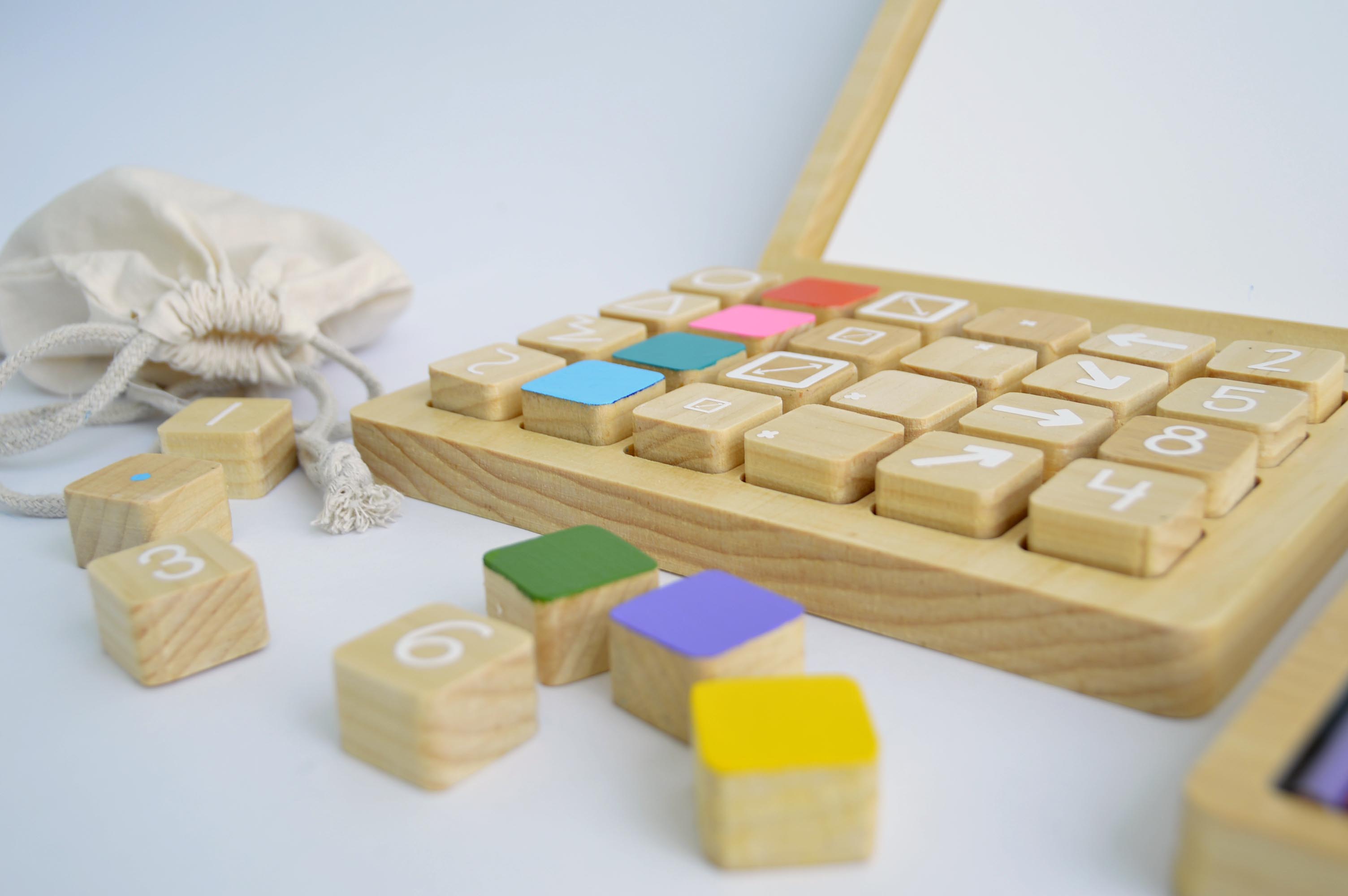Making Learning Beautiful
-
-
Slice of MIT
- 2
Filed Under
Recommended

Smith’s path to Learning Beautiful began at the MIT Media Lab as part of the Social Computing Group. She and fellow researchers were exploring ideas to transform youth education when discussion turned to the Montessori approach to education. Schools following the Montessori Method use a child-centered approach to education with a focus on tangible and tactile learning. Smith was inspired by the method launched over a century ago, but also had some changes in mind. “I thought about how the critical content we want children to learn may have changed since then. A lot of what we need to know now relates to computation and computational thinking.” This gave Smith the idea for wooden coding toys that could offer a tangible way to learn computational skills while giving kids an much-needed break from screen time.

At first glance, you might think the Learning Beautiful toys are pieces of art, but they’re simple systems that teach the basics of coding. Kids can work with wooden binary towers, filling wooden towers with balls arranged by place value, teaching them the binary number system. Or they could play with circular logic gates that represent Boolean logic, an essential part of understanding computer science. Learning Beautiful currently offers seven different sets of wooden computation toys that are geared toward children, but can teach the basics of coding to anyone. “We created a very basic system that takes these large abstract systems and breaks them down,” Smith explains. Each toy comes with framework and curriculum that are meant to be interactive so parents and kids can work—and learn—together.

Smith’s design background came in handy when creating the easy-to-learn toys. “I don’t come from a computer science background, so I worked with a computer scientists for the content and did the design,” she says. “I had to learn things too to make these.”
Currently, you can find the Learning Beautiful toys in a number of classrooms around Cambridge as well as in Chicago Public Library where they recently debuted. Learning Beautiful is finishing their first commercial production run thanks to support from MIT’s DesignX accelerator. They hope to have their first sets available to consumers in September.








Comments
Anwar
Sun, 08/27/2017 10:16am
Amazing
Emil M Friedman
Thu, 08/24/2017 10:54am
Why do we now introduce the binary number system in primary school? I didn't even know about binary numbers until I took a summer course designed for high ability secondary school students after my junior year in high school.